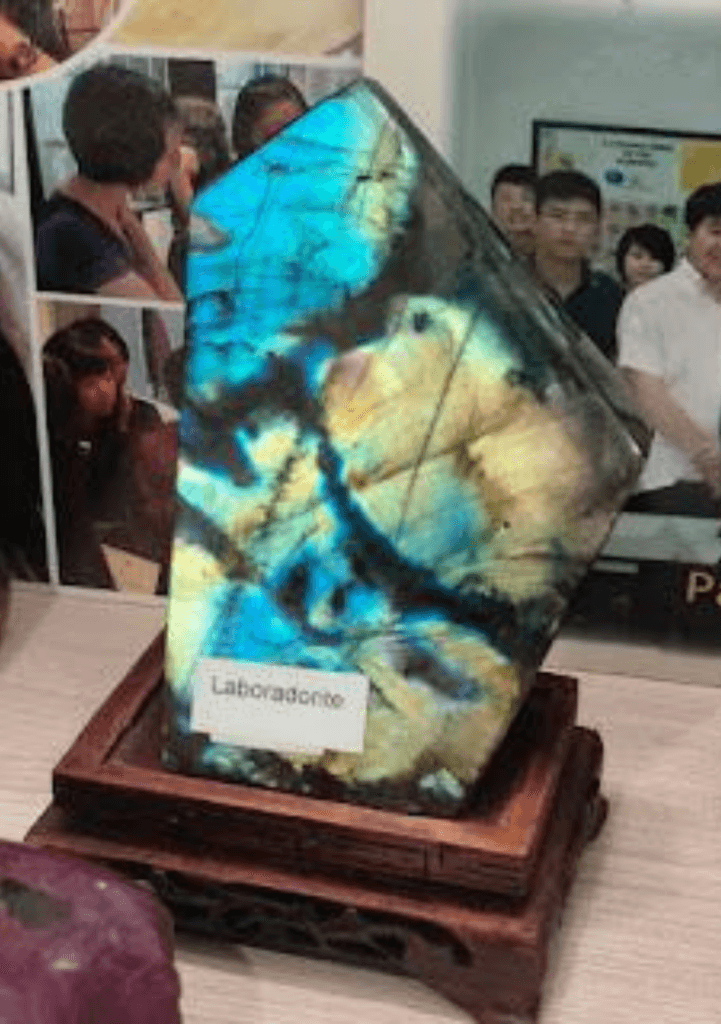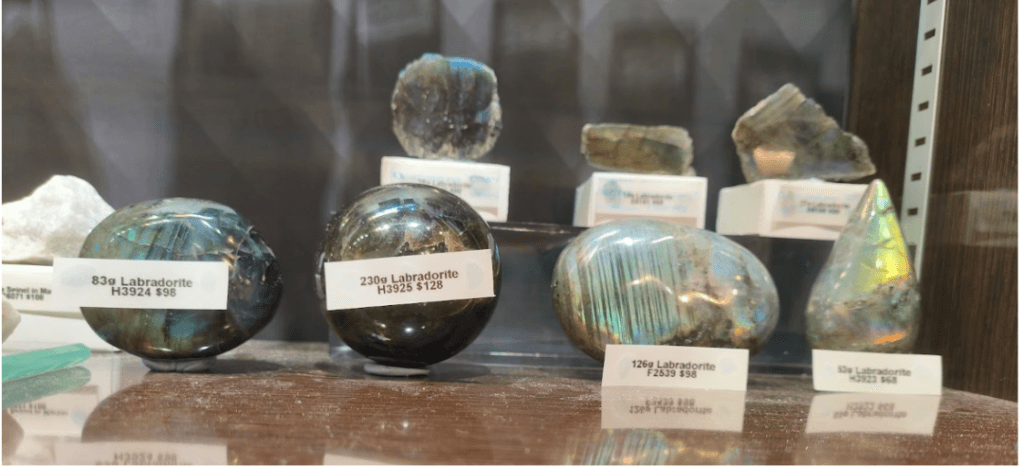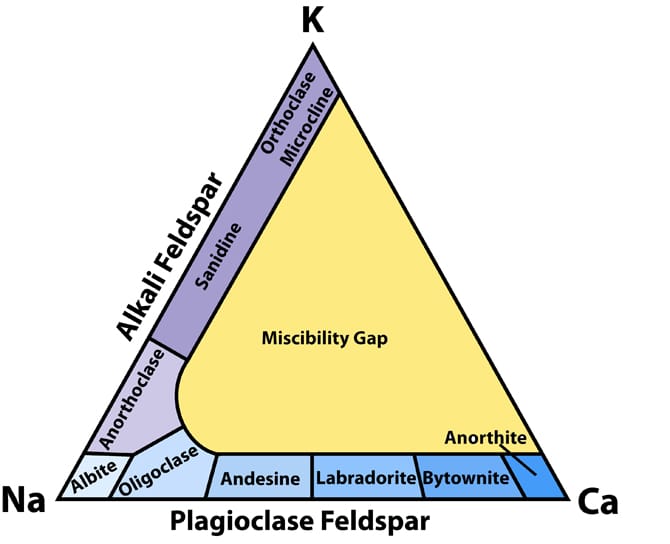Feldspars are often overlooked: the name itself sounds dull, or maybe even too scientific, something only geology nerds will rave about. However, feldspar is actually a large mineral group, housing many beloved gems under its rocky roof. In this series of articles, we will be going over famous feldspar gemstones, starting with the luminous labradorite.
History and Meaning
The first official discovery of Labradorite was by a Moravian missionary in the 1770s at Labrador, Canada. It was subsequently named by the German geologist Abraham Werner.
Labradorite has existed in human history before its official name. Many stories and legends have sprung from labradorite’s striking similarity to the northern lights. A notable tale is that of the Inuit in Canada, where they believed that the Aurora Borealis was trapped inside of the labradorite and was freed after a warrior shattered it. For the Marvel and Magnus Chase lovers out there, labradorite has links to norse mythology, with it being a possible material that the bifrost bridge, the multicoloured bridge that connects the realm of the gods (Asgard) to the realm of the mortals (Midgard) is made of.
Colours
Labradorites can be gray, brown, greenish, blue or colourless. In many labradorites, the combination of colours form a beautiful pattern reminiscent of the Aurora Borealis, more commonly known as the northern lights.
Properties
Labradorites exhibit brilliant shimmers of blue, green, yellow, orange, and sometimes even purple or pink, a phenomenon fittingly known as labradorescence. This occurs due to the reflection of light off microscopic thin layers of crystal inside the crystal that scatter the light and produce bright flashes of color. The specific colors and intensity of labradorescence vary depending on the angle of observation and the quality of the stone.
Labradorite rates a 6 to 6.5 on the Moh’s hardness scale. It can be slightly harder than granite and is definitely harder than marble. Labradorite is specifically a plagioclase feldspar, a subgroup of feldspar minerals that consist of different proportions of calcium and sodium atoms in an aluminosilicate crystal structure. Different names are given to the plagioclase minerals depending on the ratio of calcium to sodium atoms. Labradorites consist of 30 to 50% sodium.
https://www.alexstrekeisen.it/english/pluto/feldsparstructure.php
Location
Labradorite was first found in Labrador, Canada in 1770. There it usually shows a strong green and blue labradorescence. Since then it has been found in many other countries each showing different characteristics of the stone. In Finland, a variety known as spectrolite shows intense and full-spectrum iridescence while Madagascar is home to labradorite with vivid labradorescence that is often used in jewellery making. Other countries include Russia, Australia and the USA.
Fun Facts
Due to its eye-catching labradorescence, labradorite is used in floors and kitchen countertops. Though not granite, they are often advertised as blue volga granite kitchen countertops. Basically a sparklier, prettier version of the same old granite countertops. In Singapore, you can also find it gracing some parts of our airport and certain shopping centres.




